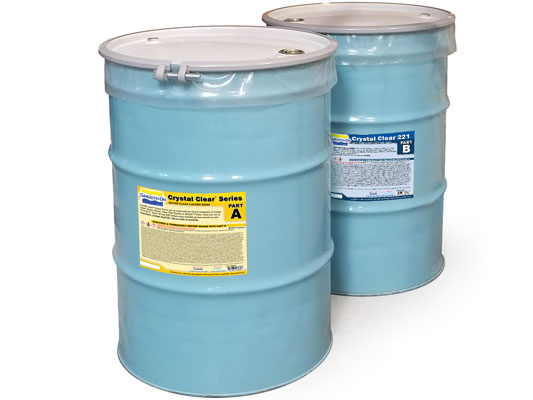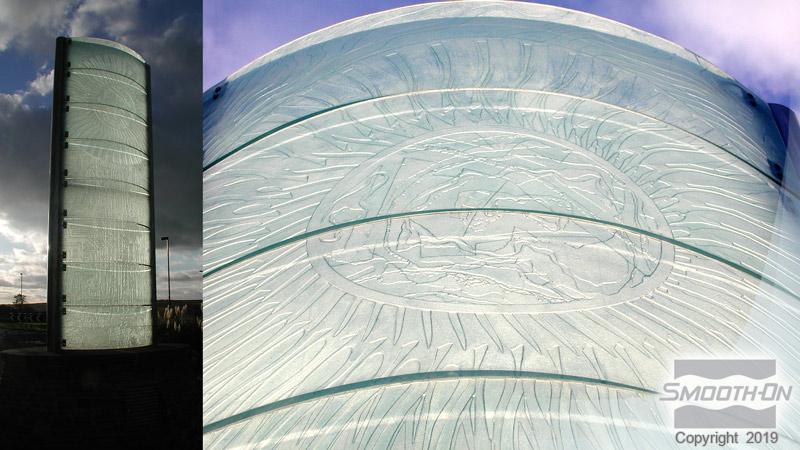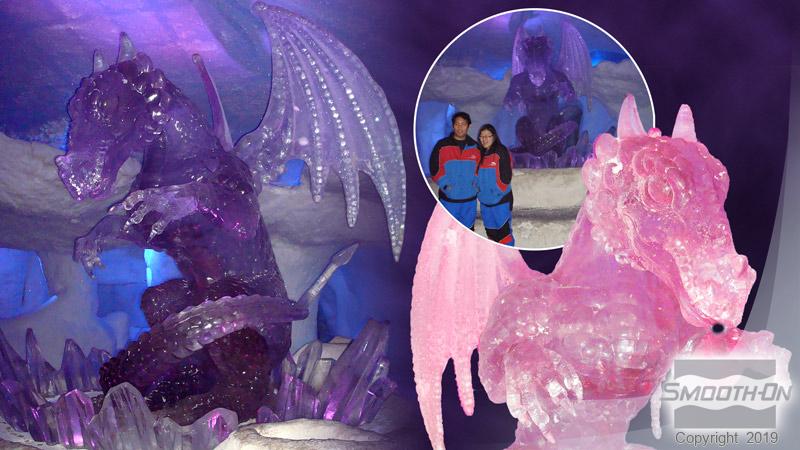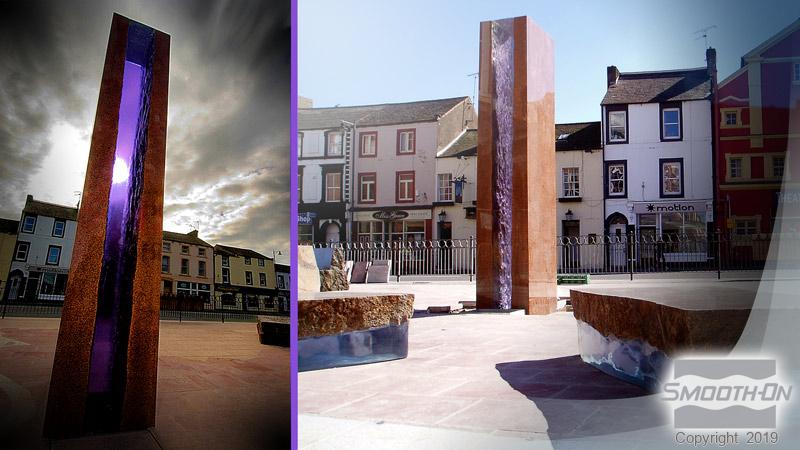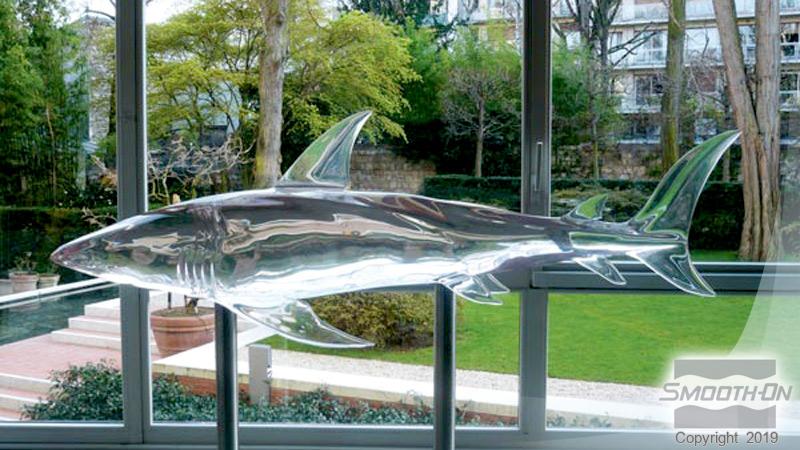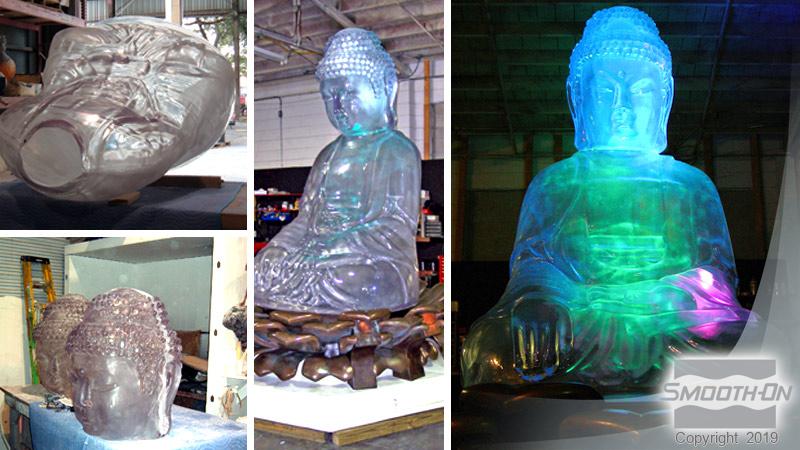Crystal Clear™ 221
Crystal Clear™ 221 is a water white clear resin made specifically for applications that require absolute clarity. This is a “heat cure” system and a harder version of our popular Crystal Clear™ Series resins (Shore 85D).
CAUTION: NOT FOR HOME USE. THIS PRODUCT IS FOR INDUSTRIAL USE ONLY. With adequate local exhaust ventilation, respiratory protection is not normally required when using this product. Where risk assessment shows air-purifying respirators are appropriate, follow OSHA respirator regulations and European Standards EN 141, 143 and 371. Protective clothing (gloves and long sleeves) is required to minimize the risk of dermal sensitization. If breathing is affected or a dermal rash develops, immediately cease using this product and seek medical attention. Read SDS before using.
Features
Cured castings are:
- UV Resistant (resists yellowing due to ultra-violet light exposure)
- Not brittle
Vibrant colors and color effects are achieved by adding pigment dispersions. Applications include encapsulation, making prototype models, lenses, sculpture reproductions, decorative cast pieces, jewelry, special effects and props.
› Click here for more Crystal Clear™ resin products.
Instructions
Safety - Store and use at room temperature (73°F/23°C). These products have a limited shelf life and should be used as soon as possible. Good room size ventilation is essential. Wear safety glasses, long sleeves and rubber gloves to minimize contamination risk. Wearing a NIOSH approved respirator will minimize inhalation of residual fumes. Use in a low humidity environment (below 50% RH). Mixing containers should have straight sides and a flat bottom. Mixing sticks should be flat and stiff with defined edges for scraping the sides and bottom of your mixing container.
Selecting A Mold Rubber - Pour into a urethane rubber mold (Vytaflex™ urethane or Brush-On™ series urethane – release agent required), tin cured silicone mold such as Mold Max™ 20, 25, 30 or Mold Max™ STROKE (not Mold Max™ ‘T’ Series) or Mold Star™ 15, 16 or 30 platinum cured silicone (not Mold Star™ ‘T’ Series). Do not use other rubber mold products. If you are unsure about surface compatibility, a trial casting should be made. To prevent cure inhibition, post-cure newly made Mold Max™ silicones for 8 hours at 150°F / 60°C and let cool prior to casting resin.
For Best Results: Pre-heat the rubber mold at 212°F / 100°C for 4 hours before mixing & pouring Crystal Clear™. This will minimize the chances that cured castings will exhibit casting phenomenon such as fish-eyeing, suck back, corner rounding, large bubbles, etc.
Liquid urethanes are moisture sensitive and will absorb atmospheric moisture. Mixing tools and containers should be clean and made of metal or plastic. Materials should be stored and used in a warm environment (73°F / 23°C).
Measuring - Materials should be stored and used at room temperature (73°F / 23°C). The proper mixing ratio is 100A:75B by weight. You must use an accurate scale (gram scale or triple beam balance scale) to weigh these components properly Dispense the required amount of Part A into a mixing container. Weigh out the appropriate amount of Part B and combine with Part A.
Mixing - Mix SLOWLY, but thoroughly, for at least 90 seconds making sure that you scrape the sides and bottom of your container several times. If coloring or filling Crystal Clear™ product, add filler or pigment dispersion to Part B and mix thoroughly before adding Part A.
Bubbles in the finished casting will be greatly reduced by vacuum degassing prior to pouring. Your vacuum pump must pull a minimum of 29 inches of mercury (or 1 Bar / 100 KPa). Leave enough room in container for material expansion. Vacuum material until it rises, breaks and falls. Vacuum for 1 minute after material falls.
IMPORTANT: Shelf life of product is reduced after opening. Remaining product should be used as soon as possible. Immediately replacing the lids on both containers after dispensing product will help prolong the shelf life of the unused product. XTEND-IT™ Dry Gas Blanket (available from Smooth-On) will significantly prolong the shelf life of unused liquid urethane products.
Pouring - If casting Crystal Clear™ into a rubber mold, pour mixture in a single spot at the lowest point of the mold. If encapsulating an object, do not pour the mixture directly over the object. Let the mixture seek its level. A uniform flow will help minimize entrapped air.
For Best Results: Bubble elimination is best achieved by pressure casting. After pouring the mixed compound, the entire casting assembly (mold, dam structure, etc.) is placed in a pressure chamber and subjected to 60 PSI (4.2 kg/cm2) air pressure for at least 16 hours prior to heat curing.
Room Temperature Cure - Followed By Post Cure - Allow material to cure overnight at room temperature (73°F / 23° C). Place entire mold structure in an oven and cure at 150°F / 60°C for 4 hours, followed by 4 hours at 212°F / 100°C. Allow casting or part to cool to room temperature before demolding.
Heat Curing - After pouring material into pre-heated mold, heat cure for four hours at 212°F / 100°C. Allow casting or part to cool to room temperature before demolding.
Because no two applications are quite the same, a small test application to determine suitability for your project is recommended if performance of this material is in question.
